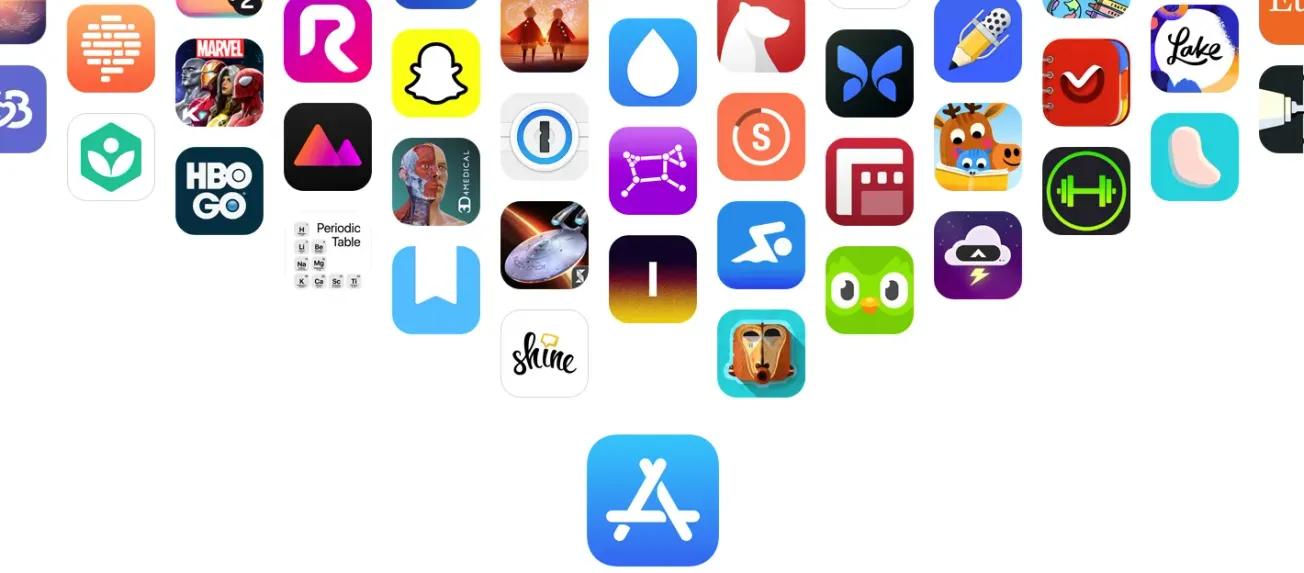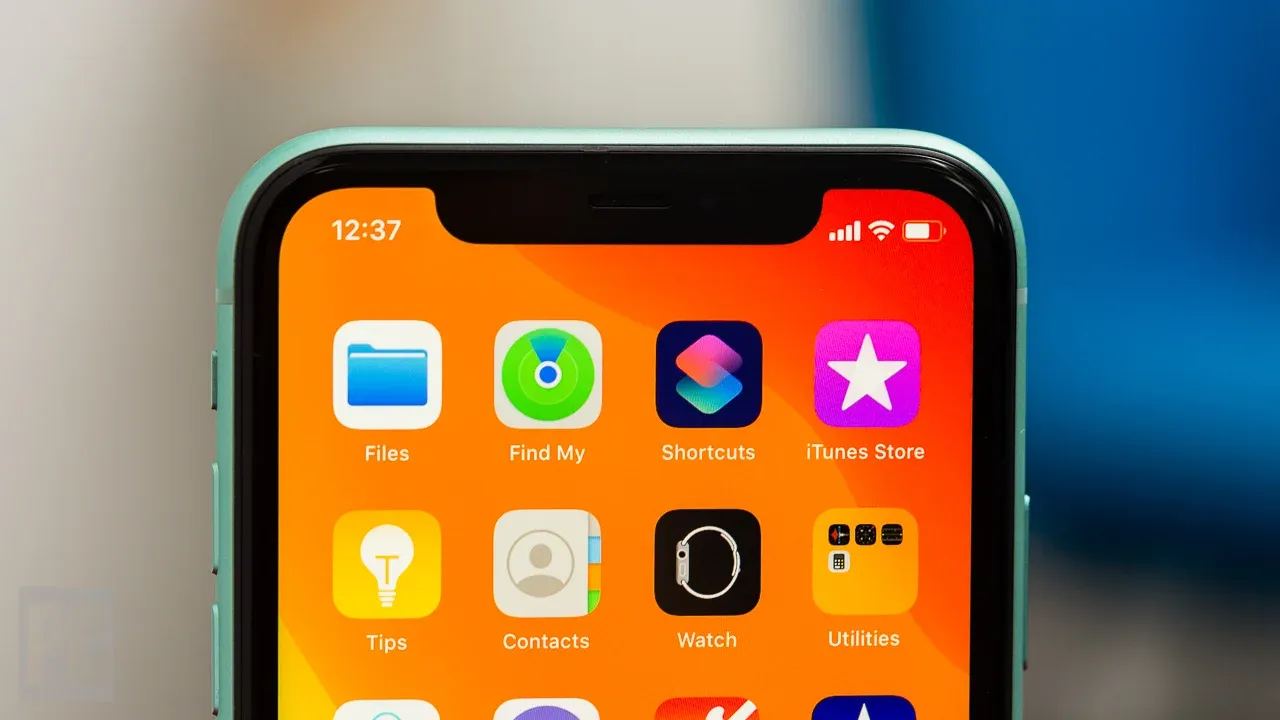Everyone remembers 2001 as the year Apple launched its music player, the iPod. Months after launching the iTunes, in a low-key event, Steve Jobs famously walked on to the stage introducing iPod and the world was stunned. iPod along with iTunes became the best investment for any music lover. iPod not only became the best music player, but also became a trend, a fashion statement and a must-have music accessory all over the world.
In 1999, the advent of peer-to-peer file share services like Napster made downloading illegal music rampant and seemingly impossible. The music industry was at an all-time low. The population was also largely unaware about intellectual property laws, and these ignorant yet opportunist downloaders gave a really tough time to the Music Companies.
If it was not for Apple and the introduction of the iTunes store and the iPod, in which users saw a very reliable and a legal alternative to buying and experiencing music, the music industry would have incurred higher losses and the transition might have taken place only when it was too late. Yes, Apple saved the Music Industry and restored faith in Digital Music.
Since then, Apple has released many variations of the iPod and enjoyed great market share and success. All other companies either tried to imitate the iPod or entered this market after seeing the success of the iPod. Microsoft’s Zune was one such competitor to the iPod Touch, which failed miserably and never saw much traction outside the US.
The iPod is an engineering marvel and the iTunes store was a revelation to the world, and these two together ruled the market for almost a decade, setting the bar for experiencing music. But, in the last few years, the landscape of Music has drastically changed and the iPod along with the iTunes Store has not adapted well to that change. The world has moved on to subscription-based music streaming. Not everyone wants to buy all the music they would like to listen to. People prefer streaming music over the Internet on their devices, which is not only cost-effective, but also allows them to listen to any of the songs in their entire catalogue.
Music streaming services are either subscription-based or ad-supported. There are certain limitations on the ad-supported services. Subscription-based services charge a nominal monthly fee, typically $9.99/month (~ 600 INR) that allows you to listen to any song in their entire catalogue, which contains millions of songs and the ones added every day.
Spotify, which launched in 2008, is a commercial music streaming service that has reached 24 million users now, among which 6 million of them pay a monthly subscription fee ranging from $4.99 to $9.99. Spotify has almost 20 million songs in its catalogue and over 20,000 songs are added every day. Rdio and Rhapsody are among the other popular services similar to Spotify. Pandora is another well-known service that has 60 million users that allows you to listen to music as Radio Stations for free, but are ad-based though you can choose to buy songs if you'd like to. Microsoft provides a Music Pass that costs $9.99/month for unlimited streaming of music on your Phone and PC. These services have seen tremendous momentum in the last few years and have drastically reduced the sales on iTunes and Amazon Music stores.
This surely didn’t go unnoticed to Apple. In 2013, better late than never, Apple launched its Music Radio service called iTunes Radio. It is similar to Pandora and is hence free and ad-supported. Though iTunes Radio is not as full-featured as Spotify, it’s a start. In 2011, Google launched its music streaming service, now called Google Play Music All Access, which is similar to Microsoft’s offering, i.e., unlimited streaming for $9.99/month. Later in 2012, Microsoft rebranded its Zune Music Service as Xbox Music and allows ad supported streaming, subscription streaming, and purchase through the Xbox Music Store on a wide range of devices like the Xbox, Windows 8, Windows RT and Windows Phone 8. The world has indeed moved on from buying music from the iTunes store to subscription-based music services.
The growing popularity of smartphones has really affected the sales of the iPod. Apple’s own iPhone has an iPod in it, technically. “iPhone is the best implementation of an iPod we have ever made” said Steve Jobs during the introduction of the first iPhone in 2007. Even people who buy music, prefer carrying music on their phones than carrying an iPod, which is a redundant thing to carry in the pocket when one already has a smartphone (Ok, iPod shuffle is excused). The iPhone’s giant success and the advent of android phones ate into the sales of the iPod drastically. Smartphones are one of the major reasons why the iPod has become out-of-favour.
The other major problem with an iPod, apart from being redundant while owning an iPhone, is that iPods don’t support subscription-based services. You cannot listen to iTunes Radio on your iPod, leave alone Spotify and Rdio. You can only listen to the Music bought on iTunes (songs cost a $1/each), which then has to be synchronised to your iPod. Well, the iPod Touch is an exception. It is the only iPod on which you can buy music directly on the device and on which you can listen to iTunes Radio (only 5th gen iPod Touch supports iTunes Radio). But the iPod Touch has always not been considered as a traditional iPod. Even otherwise, the iPod Touch has only Wi-Fi and no Data Connection, so when you are on the go, it is just another iPod on which you cannot listen to iTunes Radio or buy music instantly.
The way people experience music has changed. People want to subscribe to music services and stream songs, instead of buying them. People mostly use smartphones to carry music. People would like to be able to stream music and buy music on any device instantly. Music cannot be the same without the Internet and the Cloud. The iPod cannot do any of these. The iPod hasn’t adapted to the changing music trends. The iPod has been that same old standalone device that cannot sync with the cloud, cannot provide on-the-go services, and cannot connect to the Internet for streaming music. This has made the experience on the iPod very limited and broken. Becoming a niche device that cannot do everything, sales of the iPod have continued to drop exponentially. What could be a more revealing evidence about the falling trend of the iPod, than Apple itself not announcing any new models of the iPod in 2013. There hasn’t been a single year after 2001 in which Apple hasn’t released a new iPod, and 2013 is the first time. The Absence of a new or improved version of the iPod speaks volumes. Apple seems to have finally understood.
iPod shuffle is the only exception. People use the Shuffle for various other reasons. The Shuffle has always been designed primarily for exercisers who need a minimal, very light iPod with few features but enough storage to keep a workout going. So, the iPod shuffle still has its place in the market, but only as much every other music player has.
But the question remains, what if Apple can build a modern-day iPod equipped enough to provide modern-day services? Well, that already exists, it’s called the iPhone! A modern-day iPod has to connect to the internet, sync with the cloud and allow music streaming over a data connection, and the iPhone is exactly that. There cannot be an iPod that is seemingly different from the iPhone, doing these same things. Though a bold statement, I guess it is now safe to say that the iPod is dead.










